A recent study conducted by scientists from the University of Leeds in the U.K. warns that rapid transformations in river flow in the northern latitudes of America, Russia, and Europe, induced by climate change, are profoundly affecting aquatic life.
Published in the journal Science, the research emphasizes the disruptive impact of climate change on the seasonal patterns of rivers globally. This disruption poses substantial threats to the water supply and ecosystems.
21% of Rivers Studied Show Noteworthy Seasonal Changes
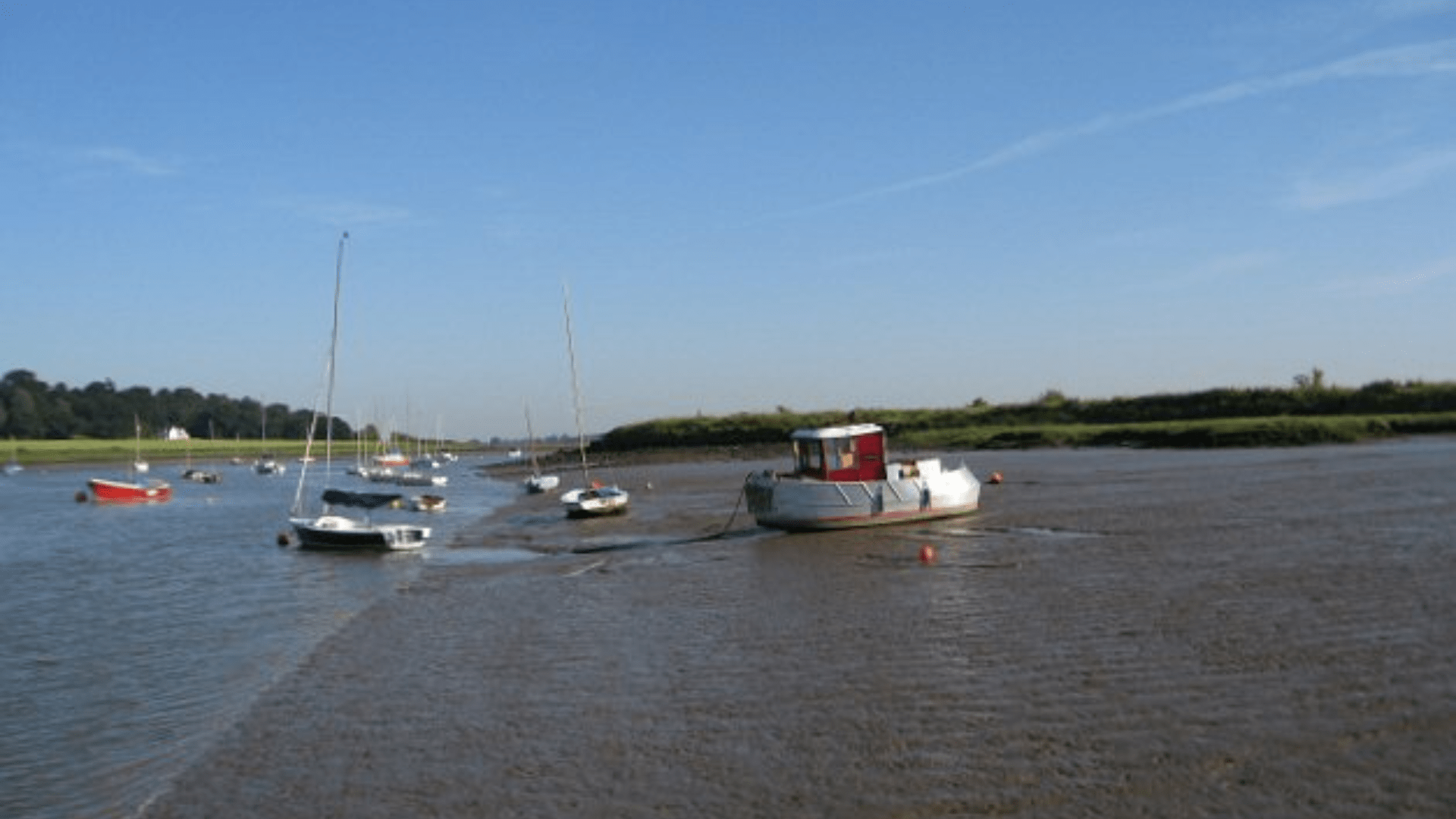
The study analyzed historical data from river gauging stations worldwide, revealing that 21% of them exhibited notable changes in the seasonal rise and fall of water levels.
Researchers employed data-based reconstructions and simulations, highlighting a reduced variability in river flow with seasons in latitudes above 50°N, directly linked to climate change induced by human activities.
First Global Study of River Flow to Explicitly Consider Human-Induced Climate Change
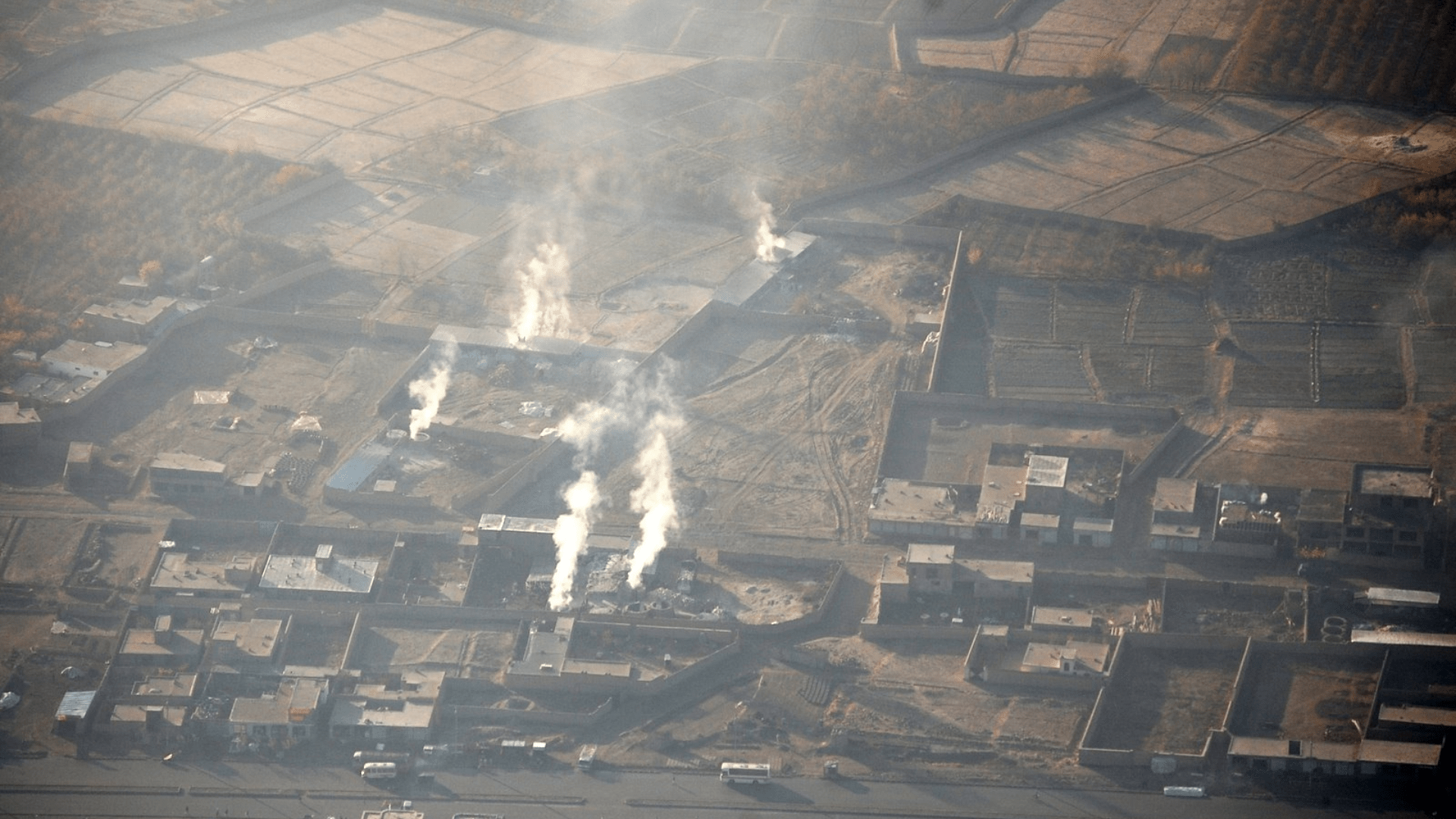
Previous evidence of climate change impacting river flow seasonality was limited to local studies or failed to explicitly consider human-induced climate change.
This study, however, utilized monthly average river flow measurements from 10,120 gauging stations spanning 1965 to 2014.
Direct Human Interventions Were Excluded
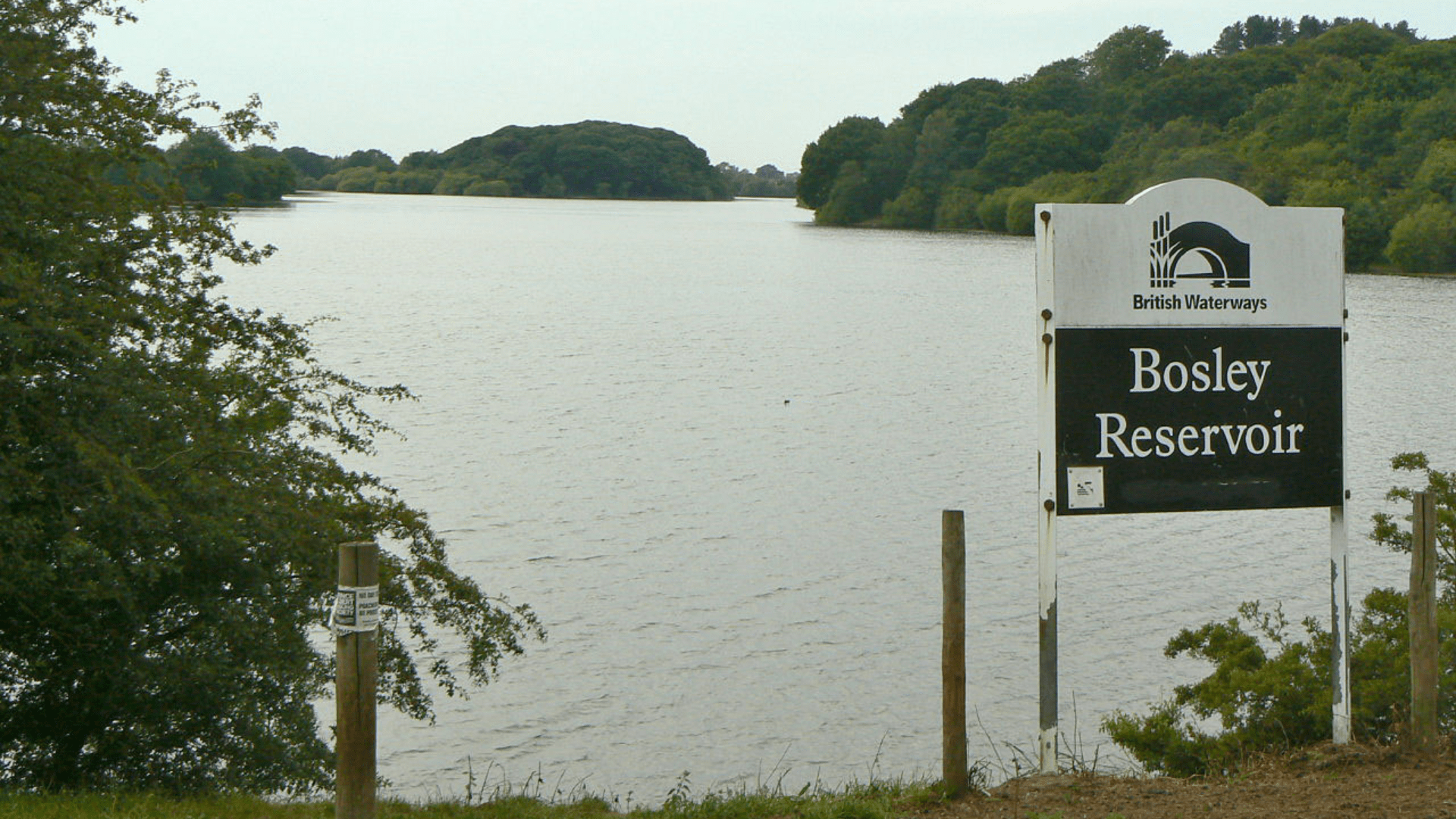
The research excluded direct human interventions like reservoir management or water extraction, demonstrating that the widespread reduction in river flow seasonality was attributed to climate change.
The findings reinforce the urgent need for climate change adaptation, as air temperature increases were identified as a primary driver of substantial changes in river flow.
Human Activities are Altering River Flow Patterns Globally
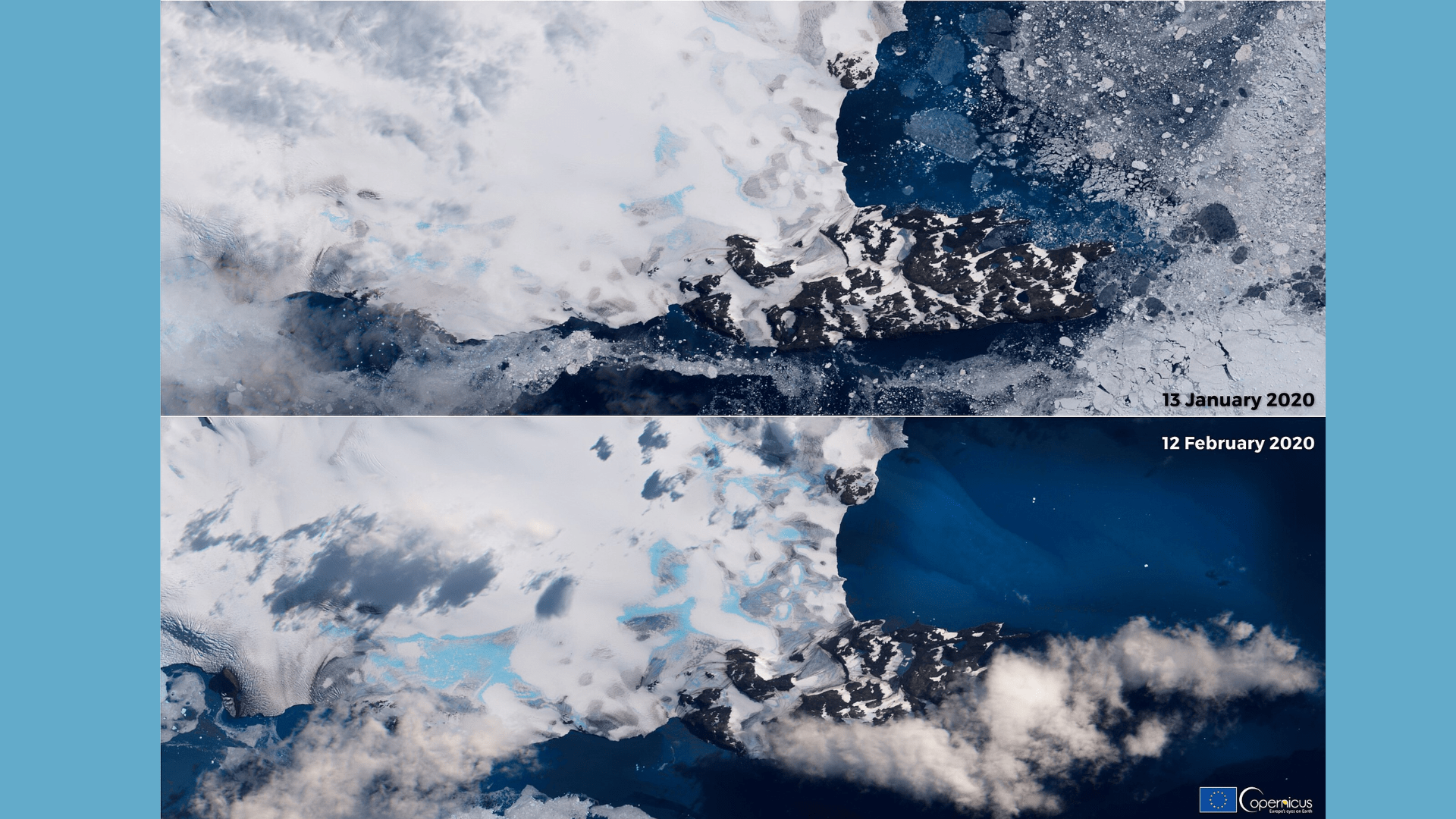
Human activities, encompassing flow regulations through reservoirs, land use changes, and climate change impacts on air temperature, precipitation, soil moisture, and snowmelt, are altering river flow patterns globally.
Over two-thirds of the world’s rivers have already been affected by direct human alterations, without factoring in the indirect impacts of increased greenhouse gasses and aerosols.
Threat Posed to Freshwater Biodiversity
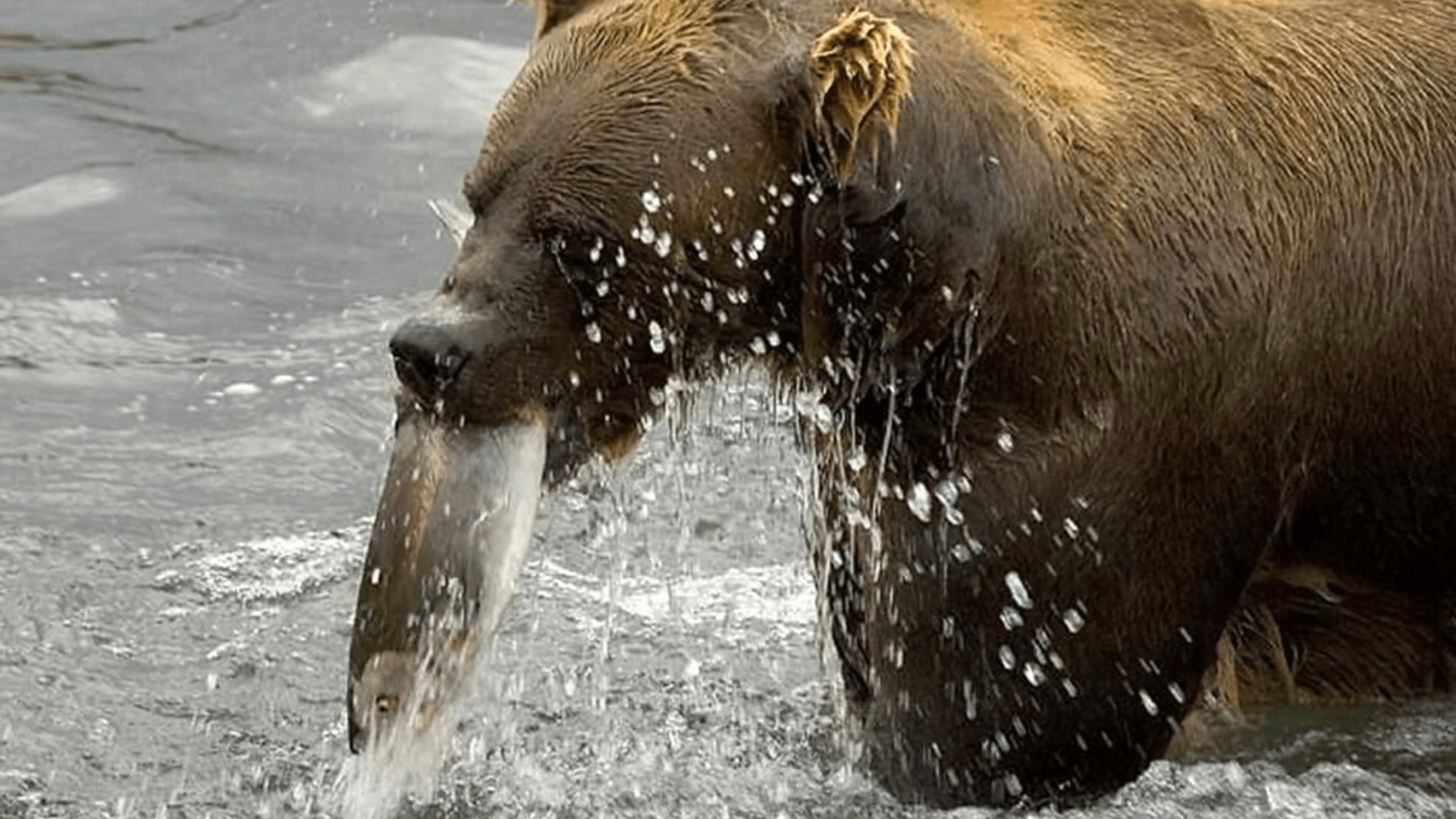
The weakening of river flow seasonality, a critical component of the flood and drought cycle, poses threats to water security and freshwater biodiversity.
The study reveals that in northern North America, 40% of the observed stations displayed a significant decrease in river flow seasonality, with similar trends observed in southern Siberia (32%) and Europe (19%).
United States Shows Decreasing Trends in River Flow Seasonality
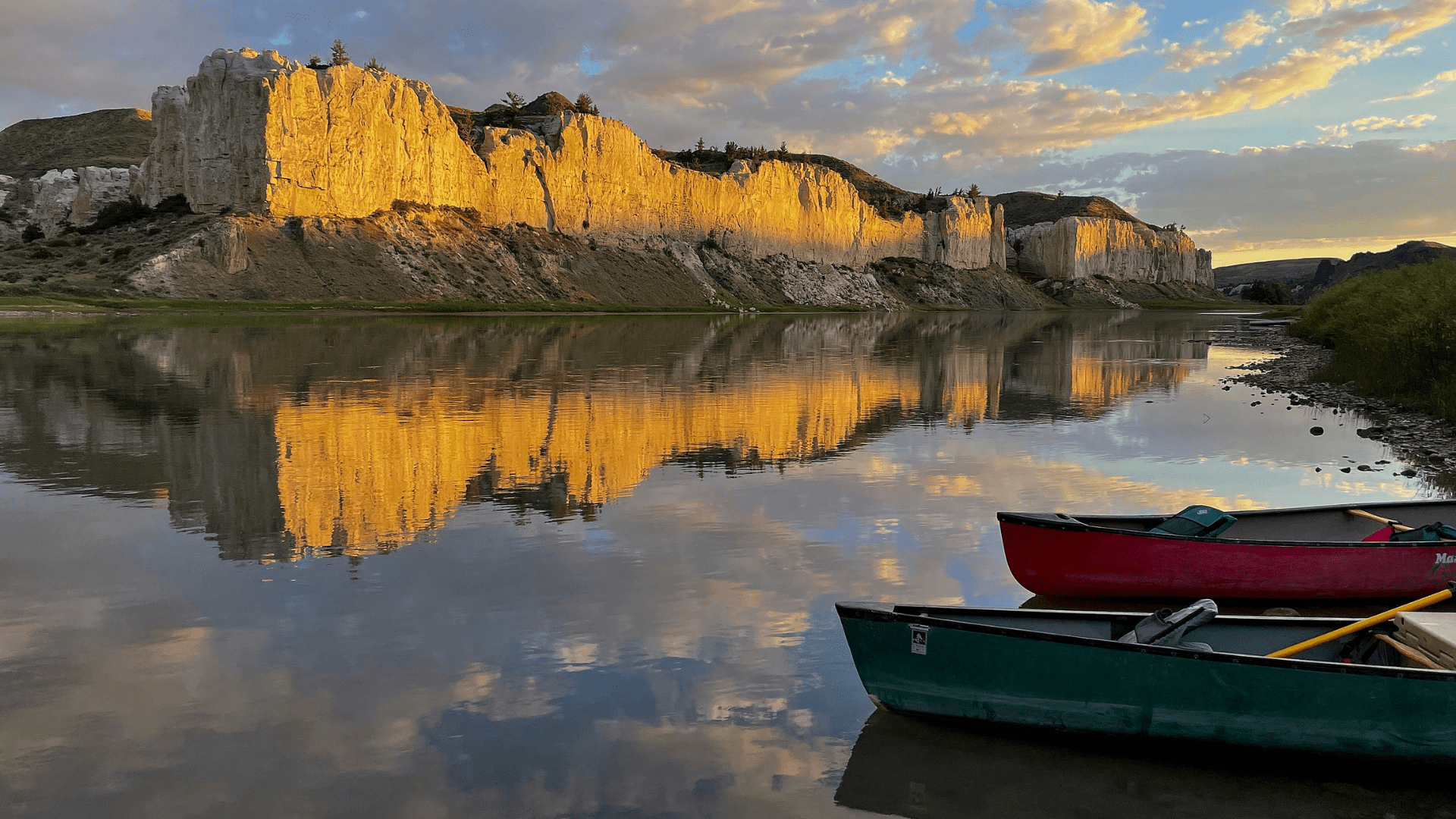
Most of the United States exhibited predominantly decreasing trends in river flow seasonality overall, except for the Rocky Mountains and Florida.
In central North America, 18% of the stations showed significant decreases.
Brazil Shows Increase in River Flow Seasonality

Conversely, southeast Brazil experienced a significant increase in river flow seasonality in 25% of the gauging stations, emphasizing regional variations in the impact of changes to the water cycle.
Dr. Megan Klaar, an Associate Professor at the University of Leeds School of Geography and a member of water@leeds, emphasized the importance of river flow cues for aquatic species.
How River Flow Changes Affect Fish
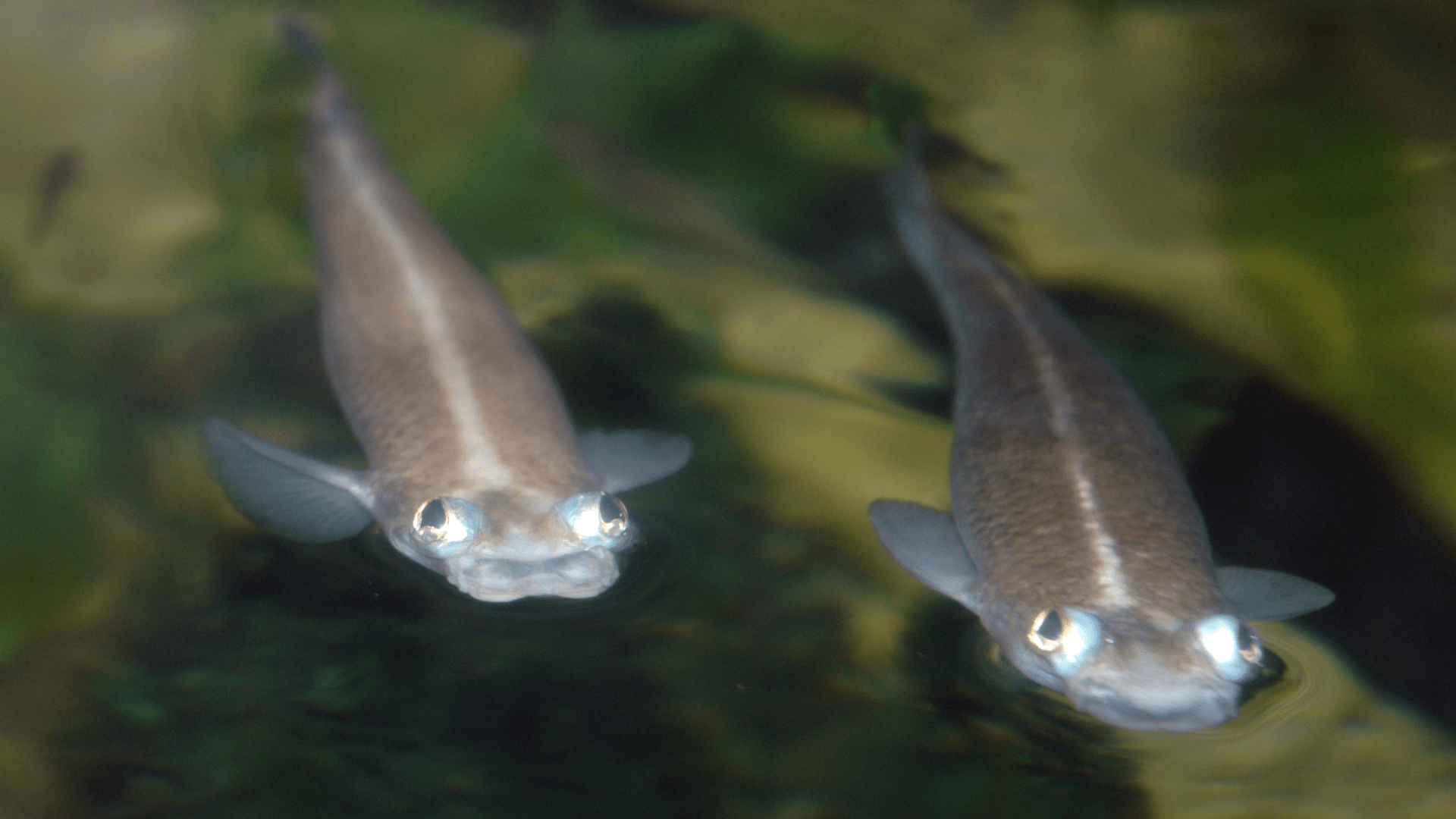
The highs and lows of river flow during different seasons provide vital cues for innumerable aquatic animals.
In a research summary, Klaar gave the following example: “[M]any fish rely on specific increases in water levels as signals to migrate to their breeding areas upstream or toward the sea. The absence of these cues can hinder their ability to spawn successfully.”
Urgent Climate Adaptation Efforts are Needed
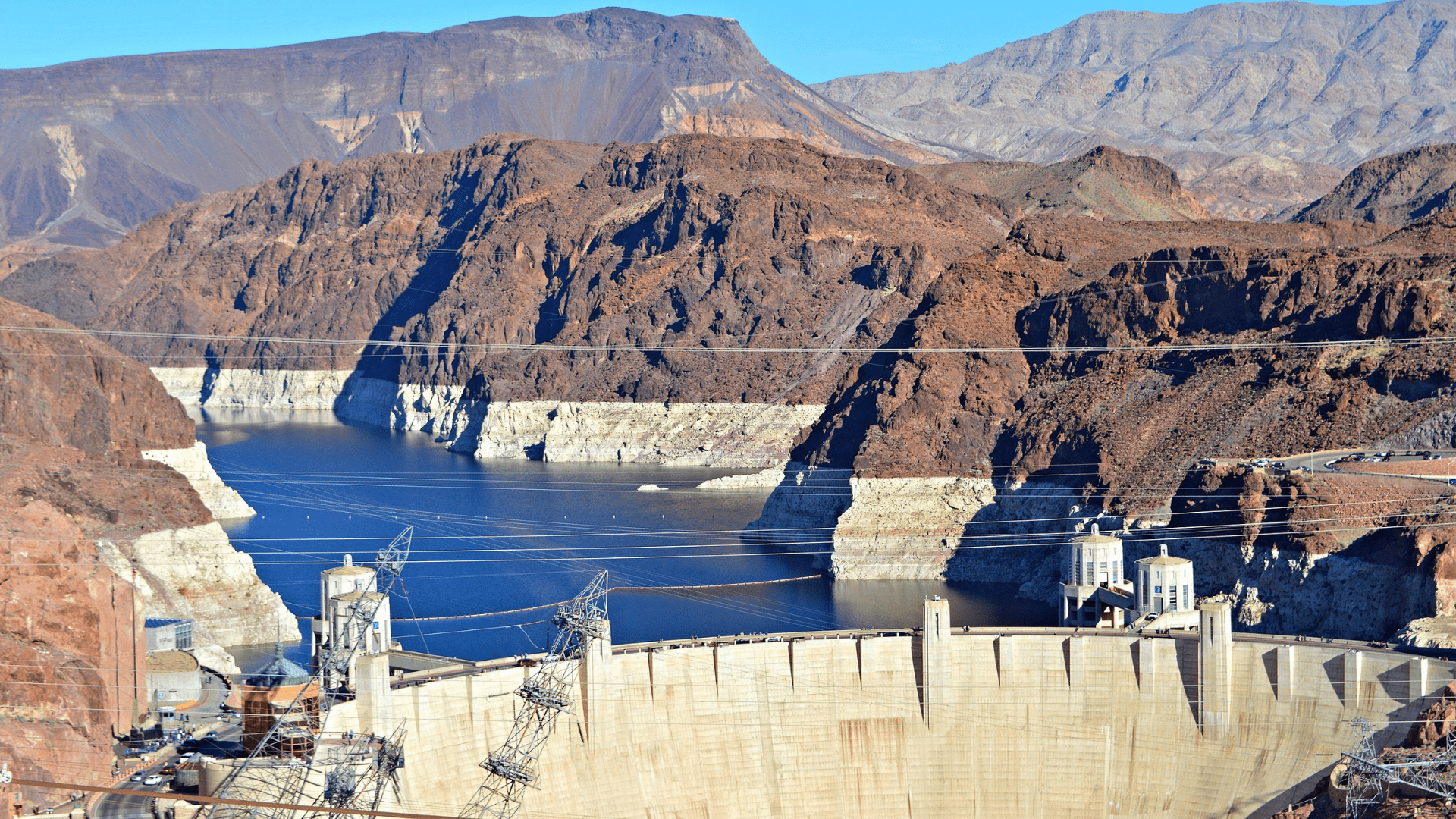
The research concludes that urgent climate adaptation efforts are required to safeguard freshwater ecosystems.
Managing river flows to recreate lost natural systems and processes becomes imperative.
Climate Change is Happening Now
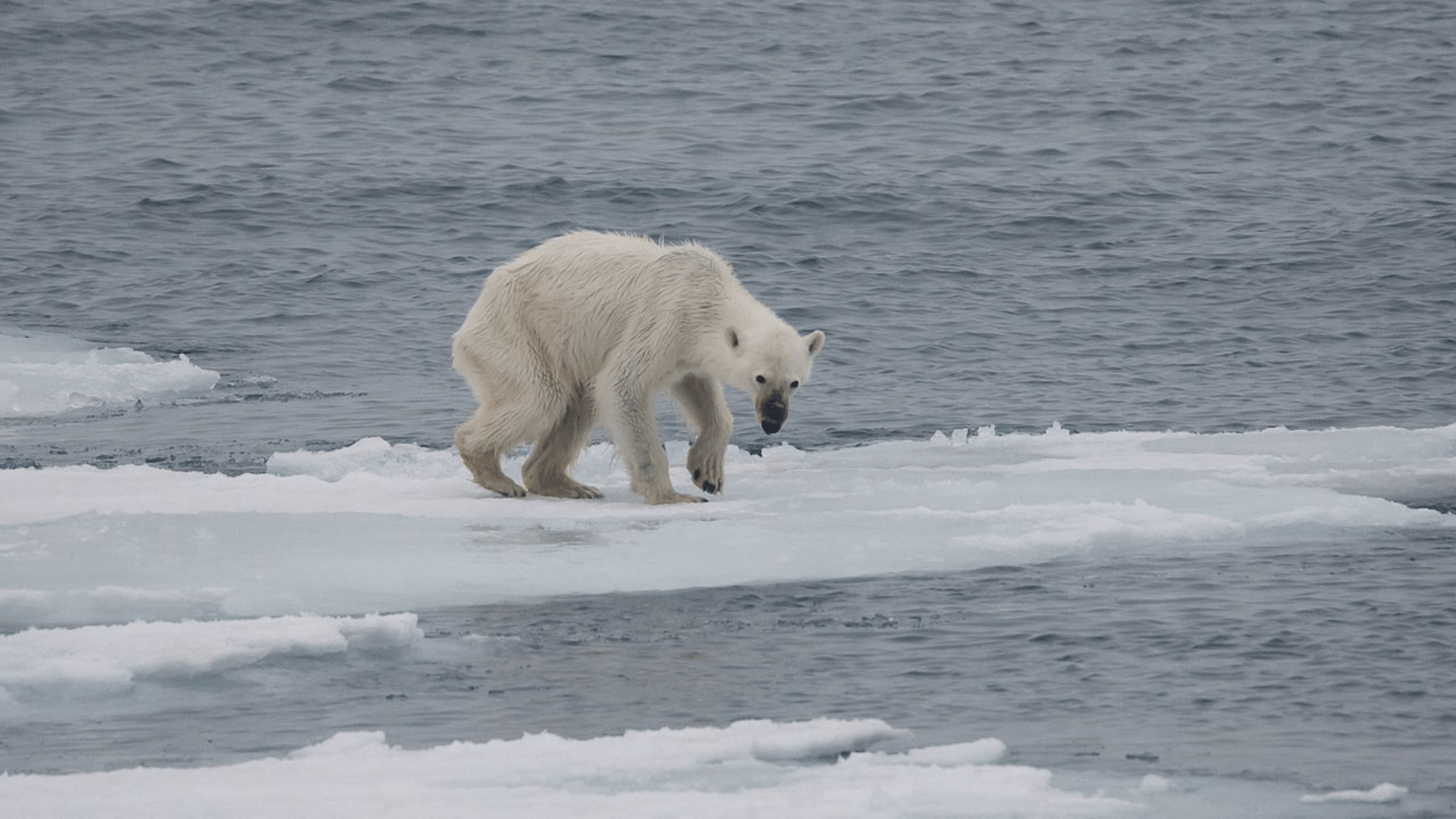
Professor Joseph Holden, Director of water@leeds, underscored the immediacy of climate change impacts, signaling the need for mitigation strategies and adaptation planning.
“A lot of concern is based upon what climate change will do in the future but our research signals that it’s happening now and that increases in air temperature are driving huge changes in river flow,” Holden said in a statement.
Recreating Natural Systems that are Being Lost
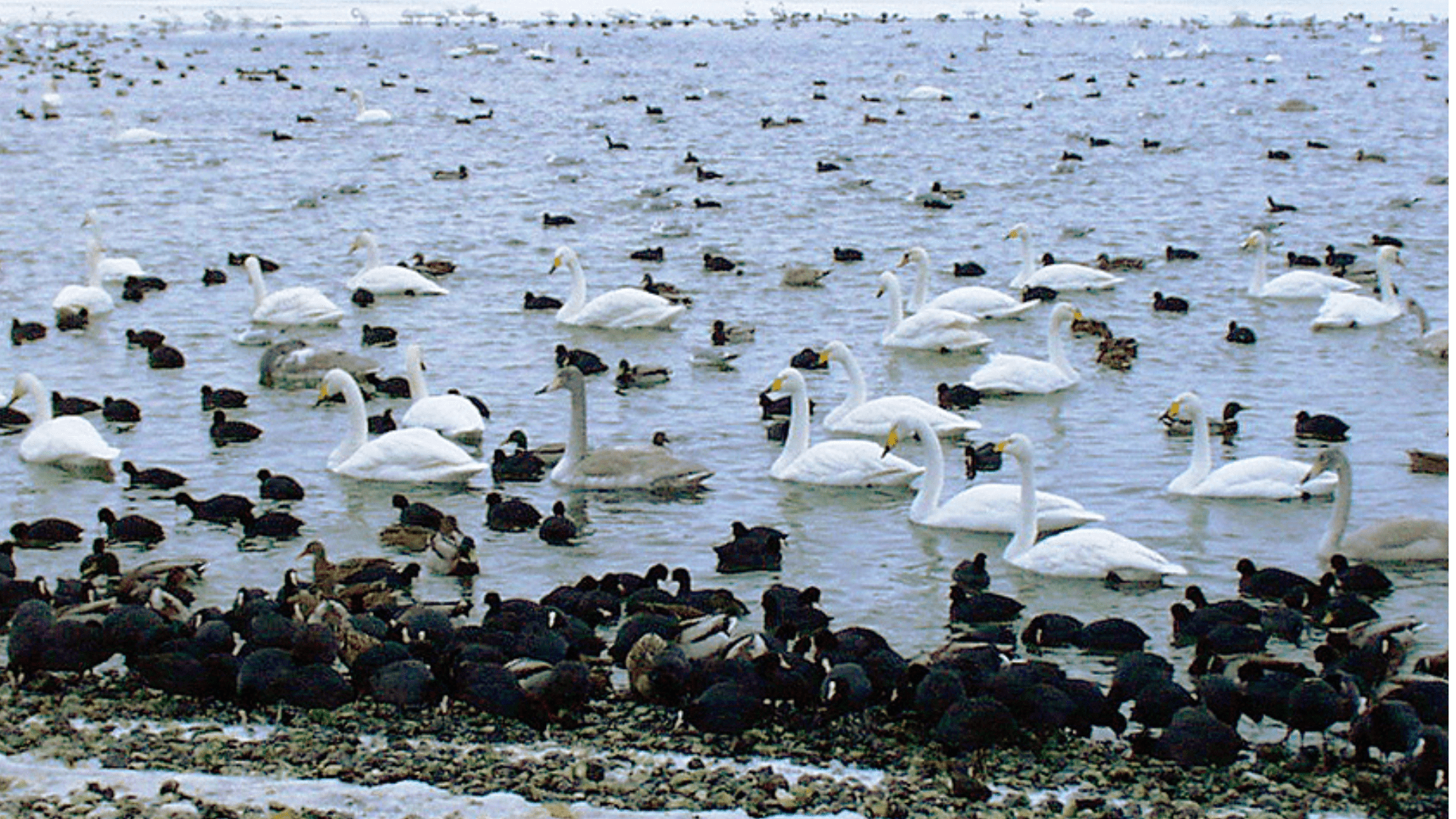
Researchers highlight the ongoing effects of climate change on river flows and emphasize the need for proactive measures to address the future weakening of seasonal river flow. There is a dire need to recreate some of the natural systems that are being lost.
Particularly vulnerable regions in need of immediate adaptation efforts include western Russia, Scandinavia, and Canada.
The Growing Pace of Air Temperature Increases

The pace of air temperature warming has notably accelerated since 1982, with a more rapid increase of 0.36°F (0.20°C) per decade. The year 2023 marked a significant milestone as the warmest on record since the commencement of global temperature records in 1850, surpassing the 20th-century average by 2.12°F (1.18°C).
NASA’s Goddard Institute for Space Studies (GISS) reports that the average global temperature has ascended by a minimum of 1.1°C (1.9°F) since 1880, predominantly occurring post-1975 at a rate of approximately 0.15 to 0.20°C per decade. All of this helps place a huge spotlight on the fact that humans are inducing air temperature increases that are negatively impacting our world, our fellow inhabitants, and our ability to survive on Earth.
